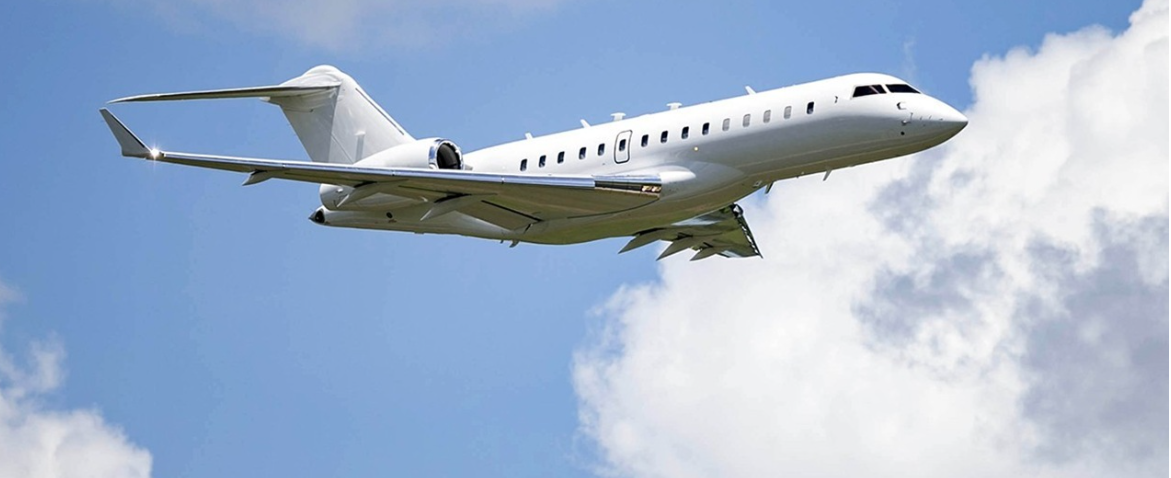South Korea is Going All-In with Its New Indigenization Push

By choosing an American integrator, despite their commitment to indigenization, the South Koreans are ensuring continued compatibility between this system and US military elements.
South Korea’s decision to pick L3Harris’ Phoenix Airborne Early Warning & Control (AEW&C) package, built on the Bombardier Global 6500 airframe, is a fundamental shift for the East Asian nation. The Phoenix purchase is not merely another procurement choice. Instead, it shows that Seoul is invested in building its high-end surveillance capabilities in light of the ominous great power competition that is shaping up in the Indo-Pacific.

By selecting L3Harris and ensuring that the AEW&C will be integrated into South Korea’s industrial base, Seoul is striving to indigenize critical defense systems rather than remain passive customers of purely foreign platforms—a key strategic vulnerability in today’s world of long, brittle global supply chains.
Even though L3Harris is an American defense contractor, Seoul has insisted that no single foreign power come to dominate the creation of the AEW&C plane. Israel, for instance, will handle the integration of radar for the system. This amounts to a clear signal to Washington that Seoul’s new government will not permit itself to simply rely upon distant America. What’s more, it is in keeping with the general trend of South Korea’s military to indigenize as much of its defense apparatus as possible. In light of Sino-American geopolitical competition in the region, as well as the perennial threat of North Korea to Seoul, the South Korean government simply cannot take for granted access to foreign defense systems and supply chains.
What to Know About the Phoenix Airborne AEW&C System
The Phoenix Airborne AEW&C plane is essentially deterrence in depth. For South Korea, layered aerial awareness matters—not just over the peninsula but across maritime zones, sea lanes, and in contested regions. This platform is set to become the backbone of the South Korean military’s signals intelligence apparatus.
Japan, China, North Korea, and even Russia will watch these developments in South Korea closely. Seoul’s upgrades might pressure South Korea to accelerate their own reconnaissance, integrated air defense upgrades, or stealth and anti-sensor capabilities.
South Korea will use the Bombardier Global 6500 business jet airframe as their AEW&C platform. The project itself is budgeted to cost South Korean taxpayers around $2.2 billion. Seoul wants the system readily available by 2032. And the radar system, the Elta ELW-2085, is planned for integration (offering 360-degree coverage for pilots). The first two aircraft will be modified in Texas, with integration occurring in Israel.
The new plane will boost South Korea’s ability to conduct continuous, long-range air surveillance and coordination—not just around the Korean Peninsula, but farther into contested airspaces. By choosing an American integrator, despite their commitment to indigenization, the South Koreans are ensuring continued compatibility between this system and US military elements.
South Korea Cannot Depend on One Foreign Supplier
By attaching itself to the Americans and Israelis without fully committing to either, Seoul is hedging its bets. It doesn’t fully depend on Washington or Jerusalem, but it still leans into alliance advantages. It builds sovereign capacity without burning bridges. Crucially, it signals to Beijing that South Korea will no longer be a passive platform for Chinese regional surveillance. Seoul is stepping up into a more capable co-defender role.
This new project is really about information sovereignty. From long-range detection, command-and-control (C2) dominance, and the ability to hold air and maritime spaces under persistent surveillance. In a conflict over Taiwan, the Bashi Strait, or the Yellow Sea, eyes aloft matter more than fighters alone.
South Korea’s indigenization push is critical for its national survival. Still, the consequences might not end up to Seoul’s liking. The specter of an “arms spiral” in the region, technical integration complications, sustainment issues, budget overruns are only a few of the woes that pervade throughout this entire project.
- Questions and Answers
- Opinion
- Motivational and Inspiring Story
- Technology
- Live and Let live
- Focus
- Geopolitics
- Military-Arms/Equipment
- Sicherheit
- Economy
- Beasts of Nations
- Machine Tools-The “Mother Industry”
- Art
- Causes
- Crafts
- Dance
- Drinks
- Film/Movie
- Fitness
- Food
- Spiele
- Gardening
- Health
- Startseite
- Literature
- Music
- Networking
- Andere
- Party
- Religion
- Shopping
- Sports
- Theater
- Health and Wellness
- News
- Culture

